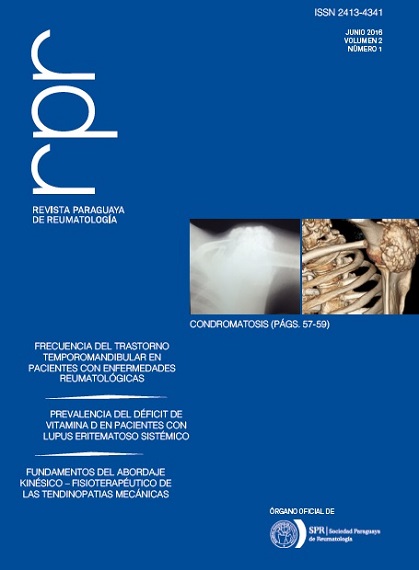Extensive venous thrombosis and nefrotic syndrome: causality or casualty?
Abstract
A case of extensive thrombosis associated to nephrotic syndrome is presented, where the diagnostic and therapeutical challenge relied on the determination of the nephropathy’s origin in this patient., which was obtained through renal biopsy that in turn suggested lupus nephritis. In this systemic pathology, as in nephrotic syndrome, a higher incidence of thromboembolic disease is found. Most adults with the nephrotic syndrome in our country have a systemic disease such as systemic lupus erithematosus, the remaining cases being usually due to primary disorders. Patients with the nephrotic syndrome have an increased incidence of arterial and venous thrombosis (particularly deep vein and renal vein thrombosis) and pulmonary emboli. In very few cases, patients whith lupus nephritis develop thrombosis in the absence of antiphospholipidic antibodies. If that were the case, it would be more related to the nephrotic syndrome, which can have different mechanisms to facilitate throembotic events, amongst which stands out the platelet activation and aggregation, the rise of VIII factor and fibrinogen levels; hypoalbuminemia and antithrombin and plasminogen activator inhibitor-1 deficit. IVC thrombosis, present in our patient, is associated with significant acute and chronic morbidity. It presents a diagnostic challenge to the clinician and requires a high index of suspicion. Thrombolysis with recombinant plasminogen tissue activator was performed, since in appropriate cases, thrombolysis is the most efficacious treatment, minimising long-term complications of IVC thrombosis.
Downloads
References
(1) Al-Azzawi HF, Obi OC, Safi J, Song M. Nephrotic syndromeinduced thromboembolism in adults. Int J Crit Illn Inj Sci. 2016; 6(2):85-8.
(2) Kodner C. Diagnosis and Management of Nephrotic Syndrome in Adults. Am Fam Physician. 2016;93(6):479-85.
(3) Mirrakhimov AE, Ali AM, Barbaryan A, Prueksaritanond S, Hussain N. Primary nephrotic syndrome in adults as a risk factor for pulmonary embolism: An up-to-date review of the literature. Int J Nephrol. 2014;6(2):85-88.
(4) Llach F. Thromboembolic complications in nephrotic syndrome. Coagulation abnormalities, renal vein thrombosis, and other conditions. Postgrad Med. 1984;76(6):111-4,116-8,121-3.
(5) Lionaki S, Derebail VK, Hogan SL, Barbour S, Lee T, Hladunewich M, et al. Venous thromboembolism in patients with membranous nephropathy. Clin J Am Soc Nephrol. 2012;7:43-51.
(6) Mahmoodi BK, ten Kate MK, Waanders F, Veeger NJ, Brouwer JL, Vogt L, et al. High absolute risks and predictors of venous and arterial thromboembolic events in patients with nephrotic syndrome: Results from a large retrospective cohort study. Circulation. 2008;117: 224-30.
(7) Pujol-valverdea P, Chara-Cervantes J, Martín-Alemany N, Calabia- Martínez J, Vallès-Prats M. Trombosis atípica en mujer de 28 años con lupus eritematoso sistémico y síndrome del cascanueces. NefroPlus. 2014;6:54-6.
(8) Mintz G, Acevedo-Vázquez E, Gutiérrez-Espinosa G, Avelar-Garnica F. Renal vein thrombosis and inferior vena cava thrombosis in systemic lupus erythematosus. Frequency and risk factors. Arthritis Rheum. 1984;27(5):539-44.
(9) N. Yamada, K. Ishikura, S. Ota, A. Tsuji, M. Nakamura, M. Ito, N. I saka, T. Nakano. Pulse-spray Pharmacomechanical Thrombolysis for Proximal Deep Vein Thrombosis. European Journal of Vascular and Endovascular Surgery. 2006;31(2):204-211.
(10) BJ McAree, ME O’Donnell, GJ Fitzmaurice, JA Reid, RAJ Spence, B Lee. Inferior vena cava thrombosis: a review of current practice. Vascular Medicine. 2013;8(1):32-43.
Copyright (c) 2016 Paraguayan Journal of Rheumatology

This work is licensed under a Creative Commons Attribution 4.0 International License.









